Publications
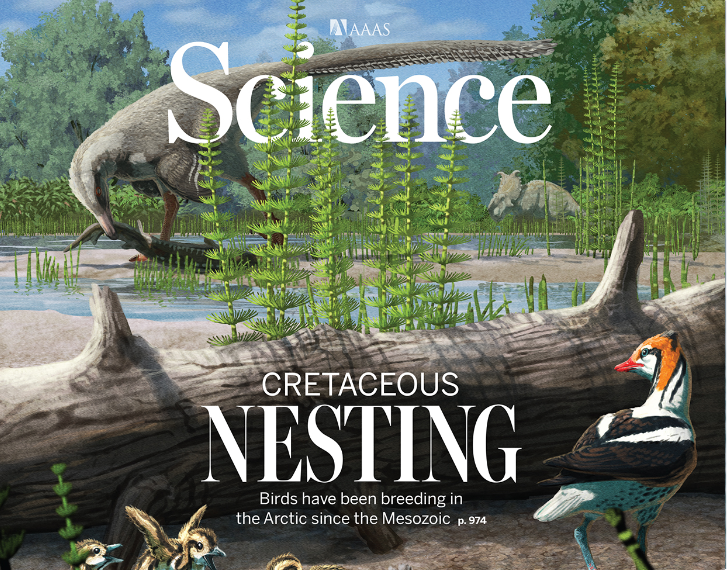
We discovered the oldest evidence of birds nesting at polar latitudes, revealing that Cretaceous birds were already breeding in seasonal Arctic environments long before modern birds. Way to go Lauren!
Lauren N. Wilson, Daniel T. Ksepka, John P. Wilson, et al. Science (2025)
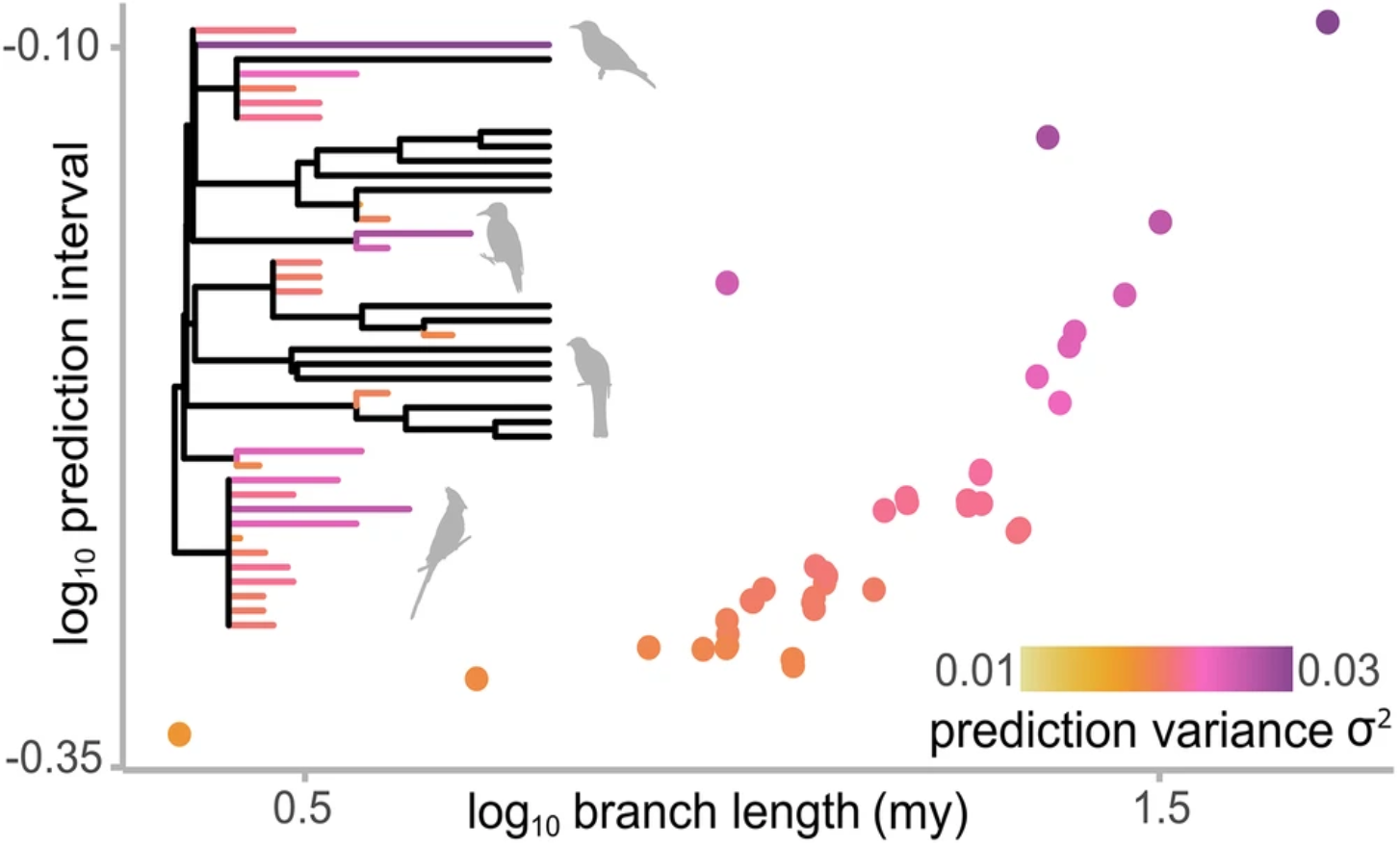
We show how to greatly improve biological predictions by taking evolution into account.
Jacob D. Gardner, Joanna Baker, Chris Venditti & Chris L. Organ. Nature Communications (2025)
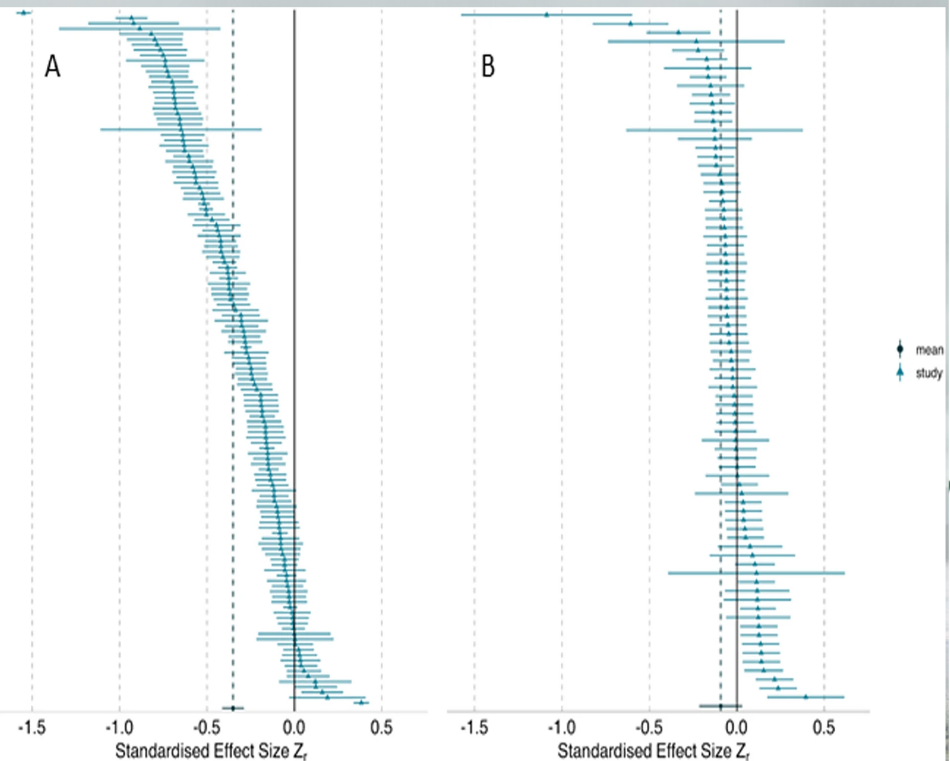
In this large-scale study we showed that ecologists and evolutionary biologists analyzing the same datasets often produce widely varying results, highlighting how researcher decisions strongly influence scientific outcomes.
Elliot Gould, Hannah S. Fraser, Timothy H. Parker, et al. BMC Biology (2025)
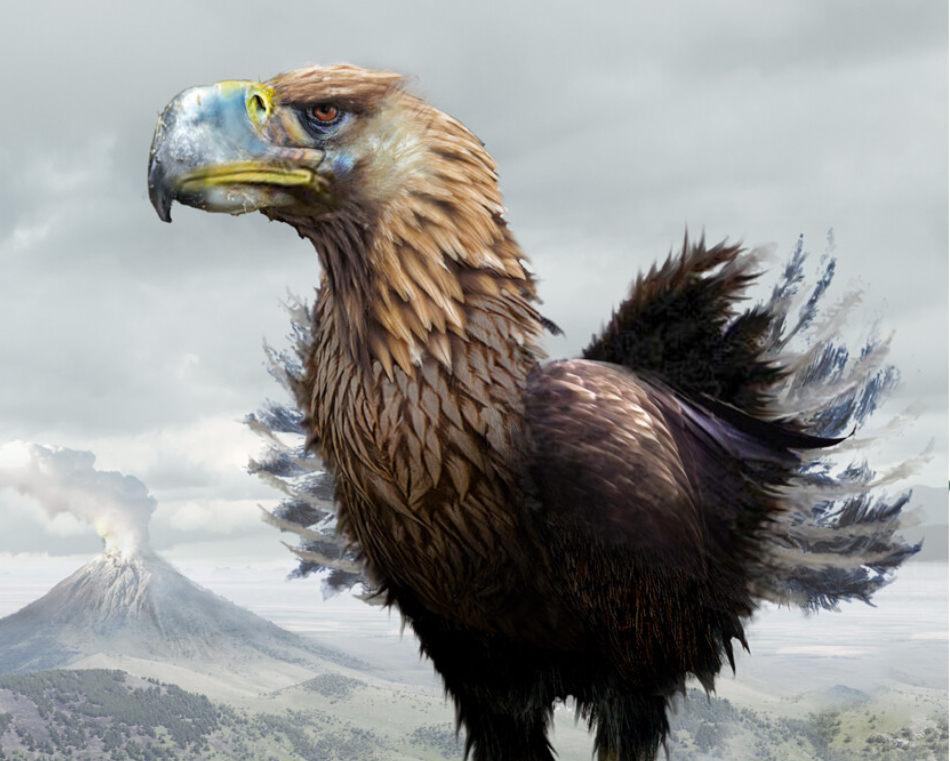
We found that the evolution and displacement of body size drove terror bird niche partitioning and competitive exclusion controlled phorusrhacid diversity (image credit Saul Marchese).
Thomas W. LaBarge, T. W., J. D. Gardner, and C. L. Organ. Proceedings of the Royal Society, Biological Sciences (2024)

We tested for Bergmann’s rule in Mesozoic dinosaurs and mammaliaforms that radiated within relatively temperate global climate regimes. We found that the rule did not operate in the Mesozoic, nor in modern mammals.
Wilson, L., J. D. Gardner, J. P. Wilson, A. Farnsworth, Z. Perry, P. S. Druckenmiller, G. M. Erickson, and C. L. Organ. Nature Communications (2024)
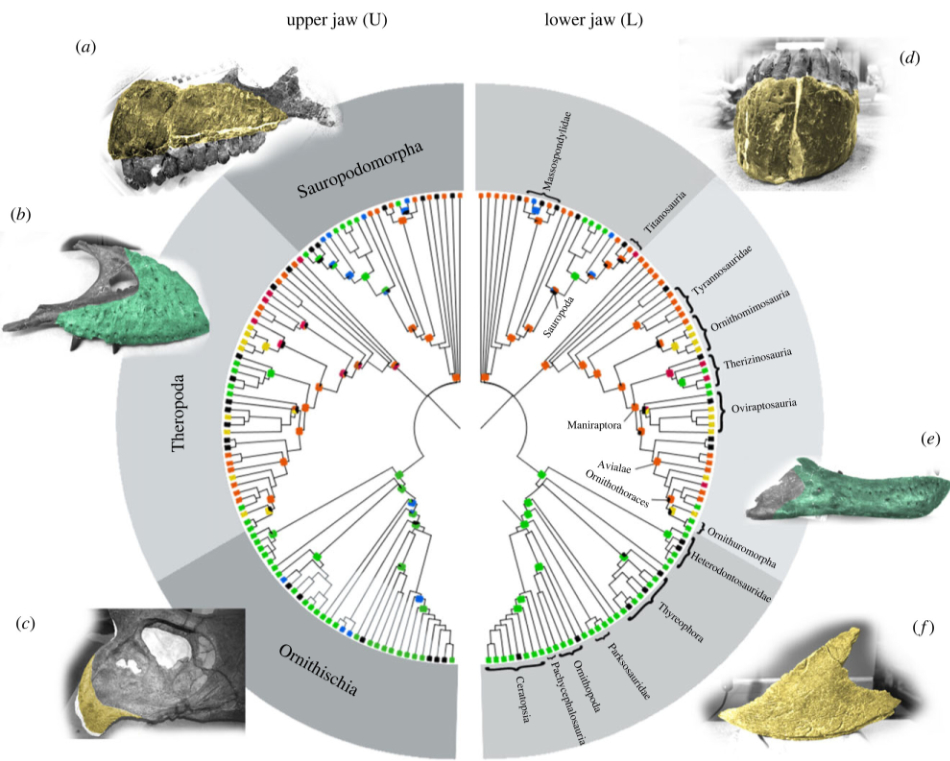
We use rostral jawbone surface texture as a proxy for rostral keratin covering and phylogenetic comparative models to test for the influence of rostral keratin on toothrow distribution in Mesozoic dinosaurs.
Aguilar-Pedrayes, I., J. D. Gardner, and C. L. Organ. Proceedings of the Royal Society B (2024)
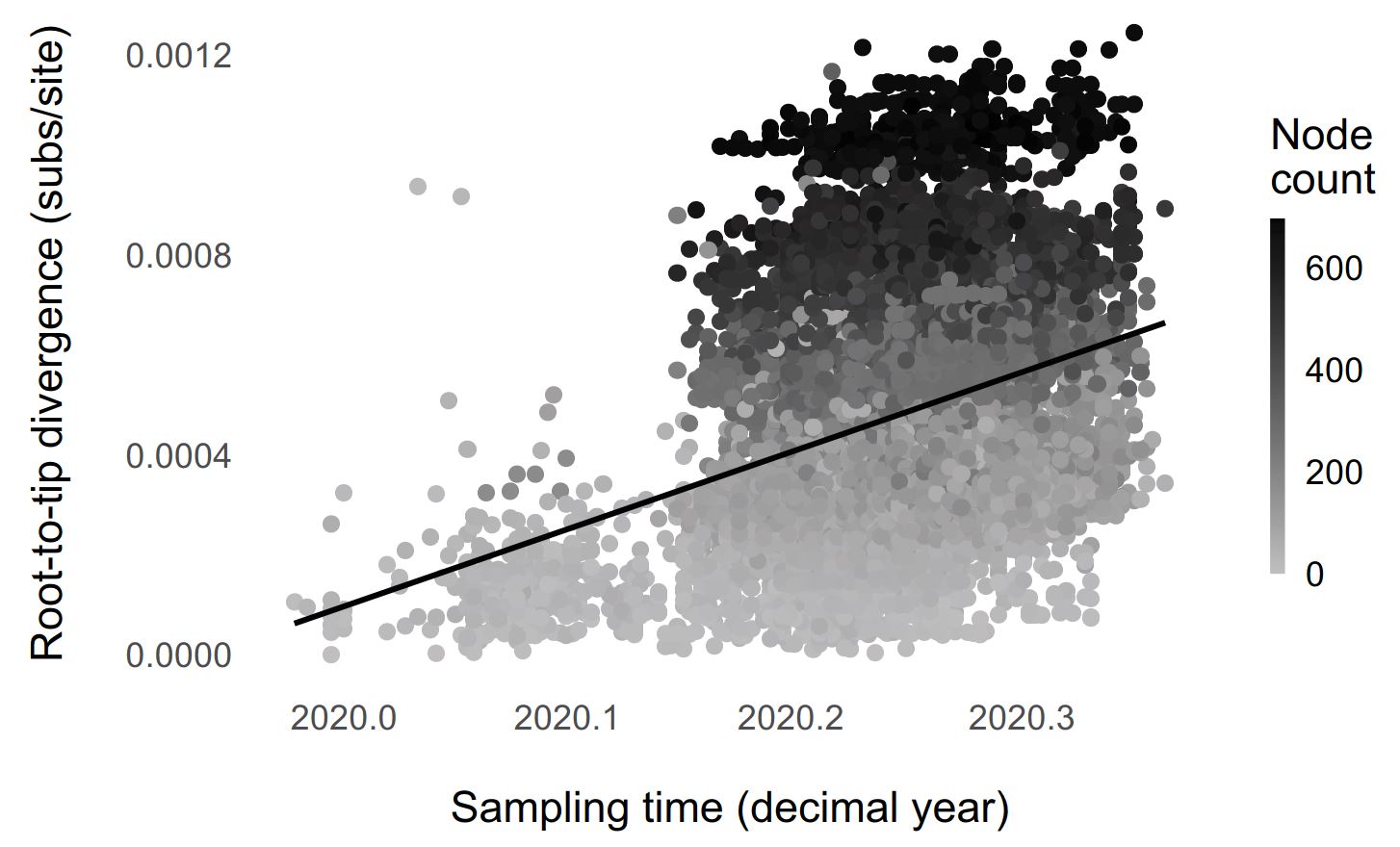
We show that ~13% of SARS-CoV-2 genomic divergence up to May 2020 is attributable to lineage branching events (punctuated evolution). The net number of branching events along lineages predicts ~5% of the deviation from the strict molecular clock. We did not detect punctuated evolution in SARS-CoV-1.
Surya, K., J. D. Gardner, and C. L. Organ. Frontiers in Virology (2023)

We show that PCM parameter estimation is poor in common biological scenarios due to small effective (evolutionary) sample sizes of independent character change. We suggest that researchers 1) Create study designs that evaluate a priori hypotheses and maximize evolutionary sample sizes; 2) assess the suitability of evolutionary models and introduce the phylogenetic imbalance ratio; and 3) evaluate evolutionary hypotheses with a consilience of evidence from disparate fields.
Gardner, J. and C. L. Organ. Systematic Biology (2021)
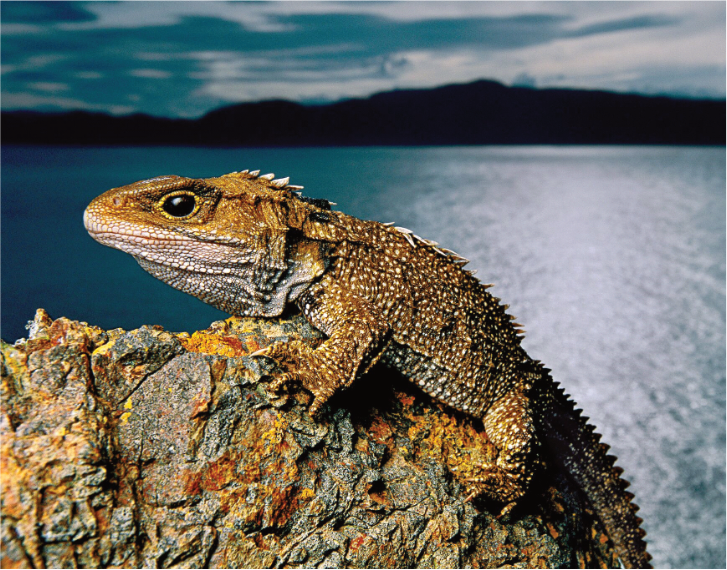
The tuatara (Sphenodon punctatus) — the only living member of the reptilian order Rhynchocephalia (Sphenodontia), once widespread across Gondwana — is an iconic species that is endemic to New Zealand. A key link to the now-extinct stem reptiles (from which dinosaurs, modern reptiles, birds and mammals evolved), the tuatara provides key insights into the ancestral amniotes…
Gemmell, N.J., Rutherford, K., Prost, S. et al. Nature (2020)
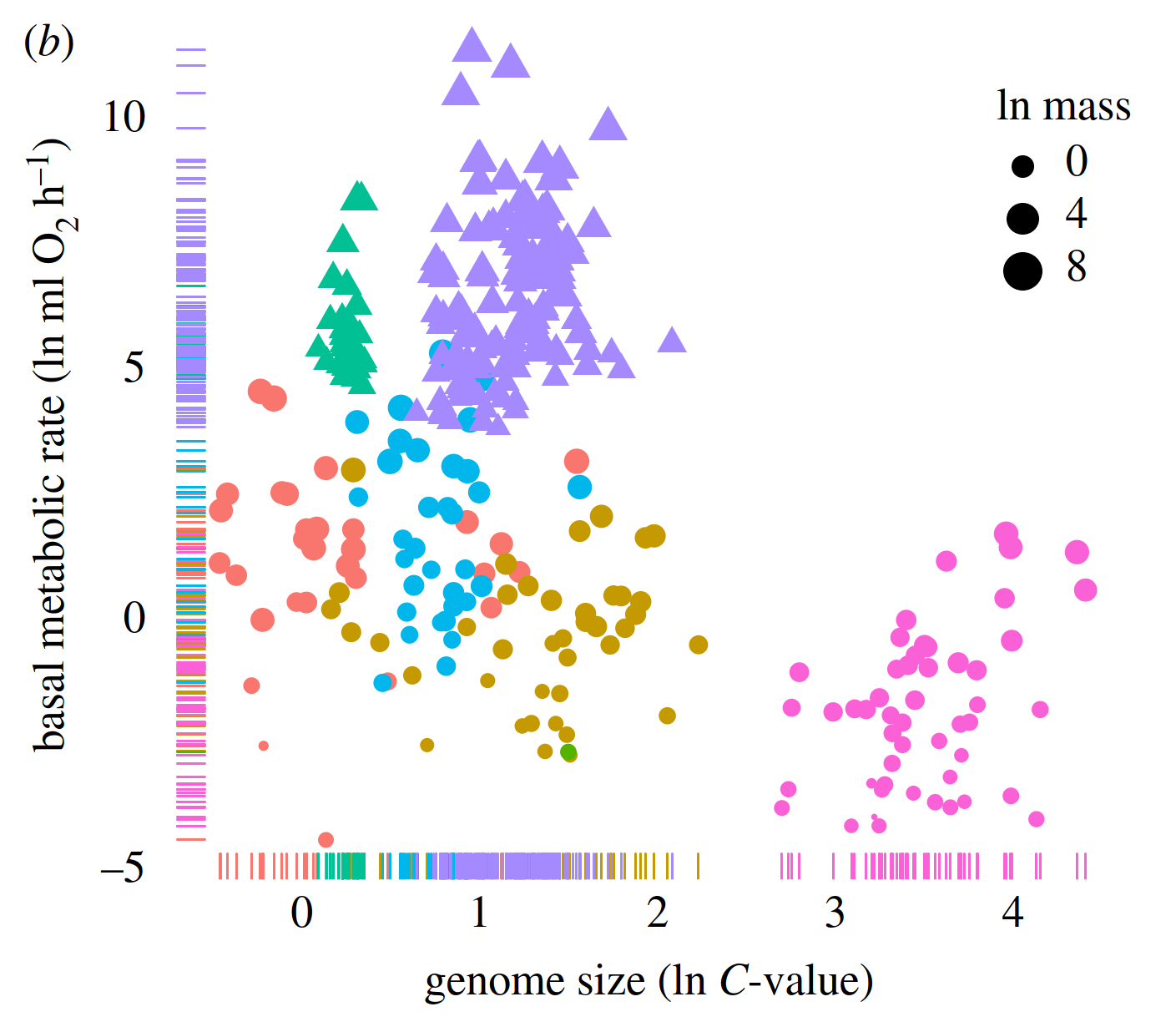
Genome size has long been hypothesized to affect the metabolic rate in various groups of animals. The mechanism behind this proposed association is the nucleotypic effect, in which large nucleus and cell sizes influence cellular metabolism through surface area-to-volume ratios…
Gardner, J., M. Laurin, and C. L. Organ Philosophical Transactions of the Royal Society B. (2020)
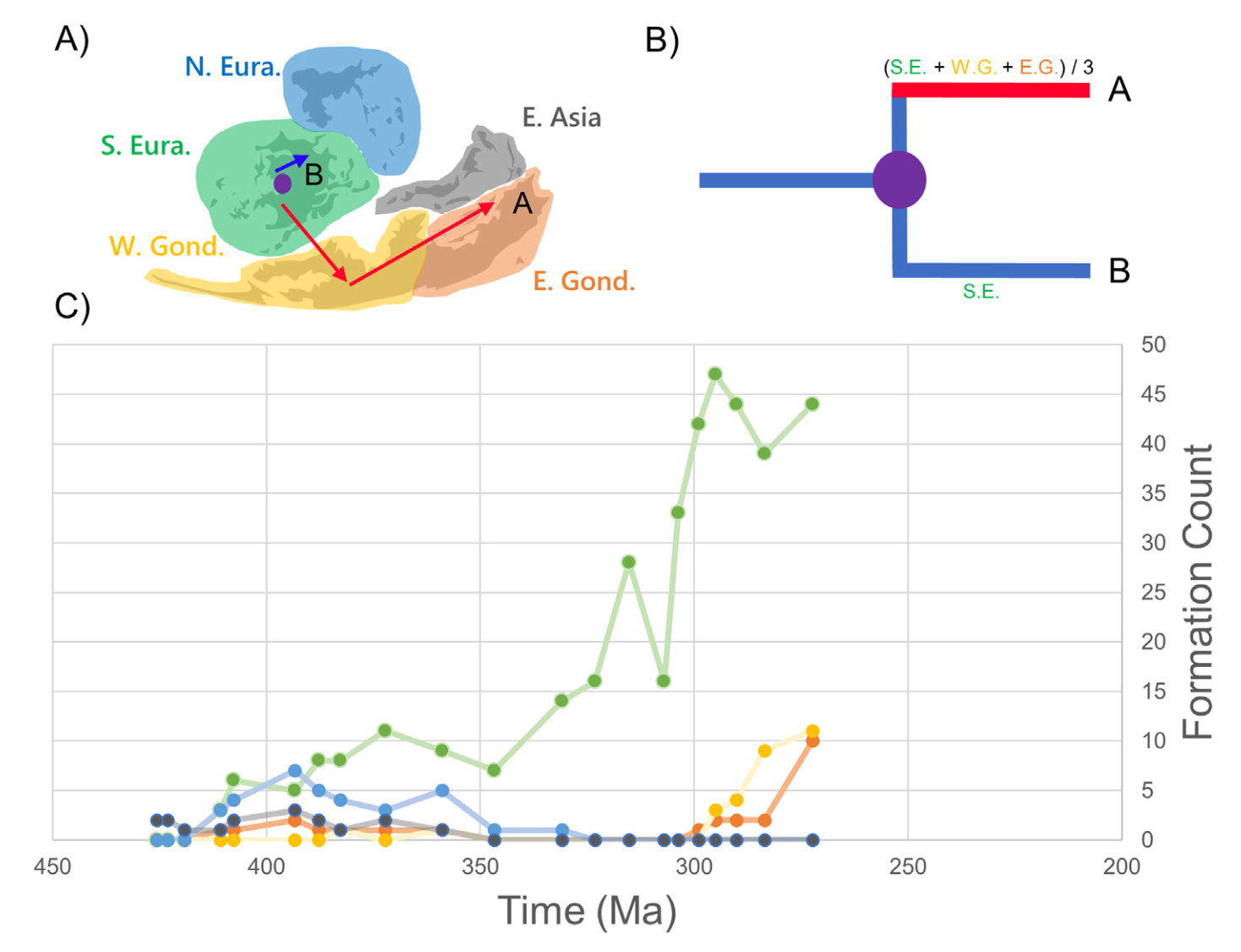
Here, we develop a sampling bias proxy that incorporates geographic information and test it with a case study on early tetrapodomorph biogeography. We use recently-developed Bayesian phylogeographic models and a new supertree of early tetrapodomorphs to estimate dispersal rates and ancestral habitat locations…
Gardner, J., K. Surya, and C. L. Organ; Comptes Rendus Palevol.(2019)

Allowing biogeographical data to evolve at varying rates on a globe, not a plane, reveals new insights into the origin and dispersal of dinosaurs. The method could also be applied to manifold organisms, from humans to influenza viruses….
Organ, C. L.; Nature Ecology & Evolution (2018)
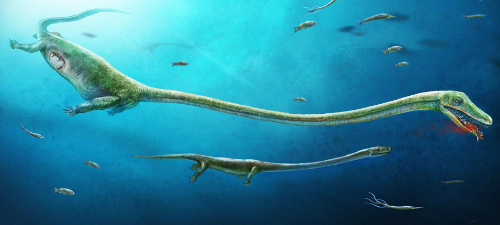
Despite evolving many times independently in vertebrates, live birth is unknown in the major clade Archosauromorpha (birds, crocodilians, and dinosaurs). Here we report the discovery of a pregnant long-necked archosauromorph marine reptile (Dinocephalosaurus) from the Middle Triassic (B245 million years ago) of southwest China…
Jun Liu, J., C. L. Organ, M. J. Benton, M. C. Brandley, and J. C. Aitchison; Nature Communications (2017)
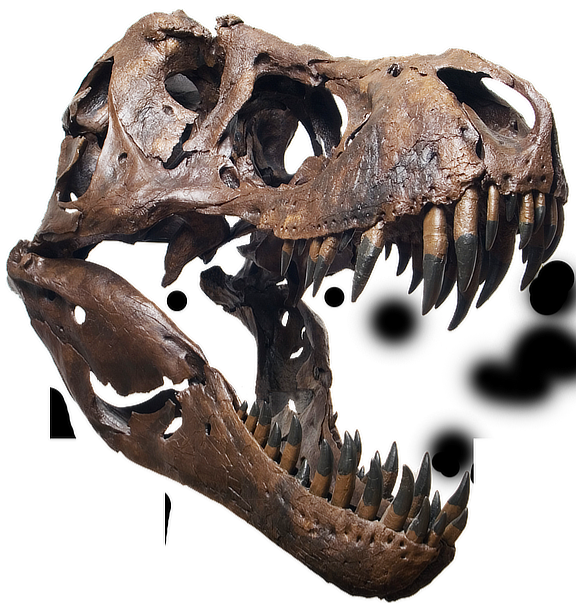
Exaggerated cranial structures such as crests and horns, hereafter referred to collectively as ornaments, are pervasive across animal species. Here, we show that body size evolved directionally toward phyletic giantism an order of magnitude faster in theropod species possessing ornaments compared with unadorned lineages…
Gates, T. D., C. L. Organ, and L. Zanno; Nature Communications (2016)
Full List
For a full list, please go to Google Scholar or Pubmed
